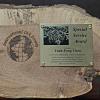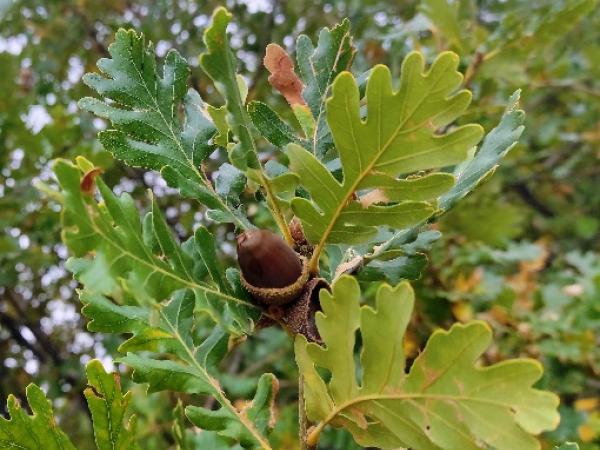Editor's Picks
Plant Focus
Since oaks are rather loose with their DNA, it’s not all that uncommon to find hybrid oaks in many areas of the world. Take for example Fairview Park in Columbia, Missouri. This is not a very large park (timber wise) and it is dominated by two species of oaks. While the lack of variety may bore some, I find it a great place to find hybrids. The two dominant species found here are shingle oak (Quercus imbricaria), and Shumard oak (Q. shumardii). The hybrid resulting from the crossing of these species is known as Q. ×egglestonii.

Described in 1924 by botanist William Trelease, Q. ×egglestonii exhibits characteristics intermediate of its parents. The acorns are a bit smaller than Shumard, but with dark striations like shingle; leaves elongated like shingle, but lobed (3-5 per side) like Shumard. The fact that these two species dominate the area makes identification much easier. To date, I have found nine individual Eggleston oaks in the 30 acre park. I’m always on the lookout for new hybrids and have photographed over 30 unique hybrid oaks so far.


















